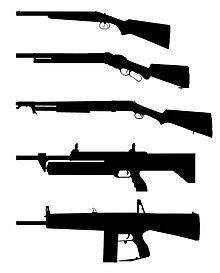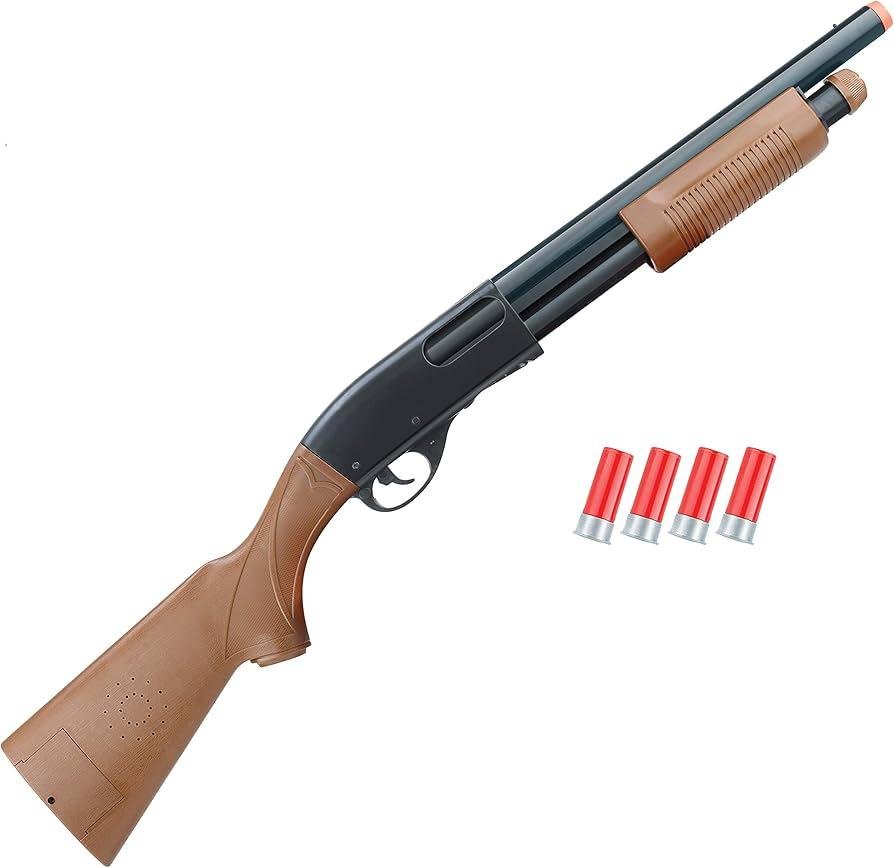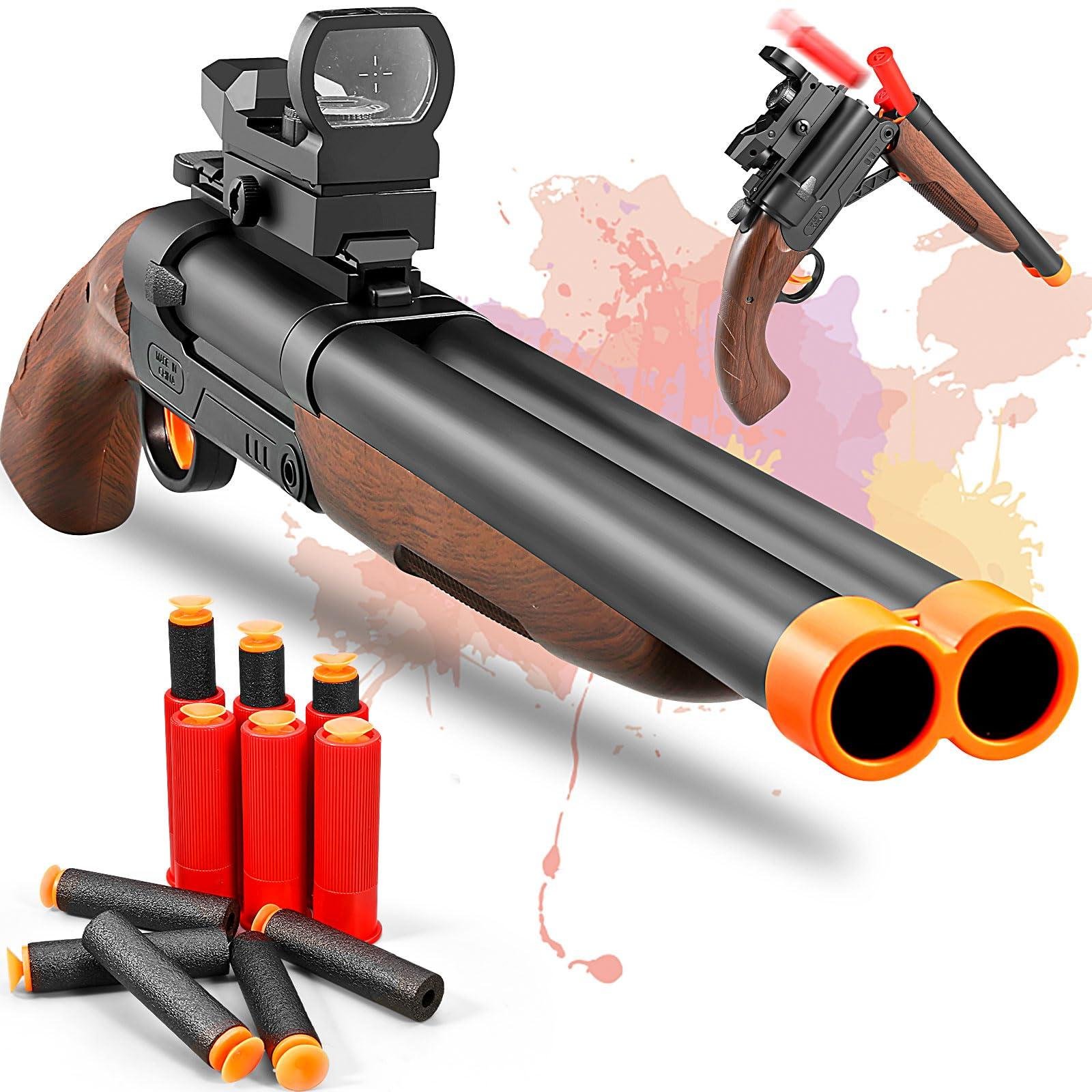Understanding Shotgun Chokes and Their Uses: A Friendly Guide for Every Enthusiast
Welcome to the fascinating world of shotguns! Whether you’re a seasoned marksman or just dipping your toes into the thrilling waters of shotgun sports, there’s one essential piece of the puzzle you’ll want to explore: shotgun chokes. Think of chokes as the guardian angels of your shotgun, expertly influencing the spread of your shot and enhancing your accuracy. From the novice hunter looking to bag their first bird to the competitive clay shooter aiming for perfection, understanding chokes can elevate your shooting experience. Join us as we break down the science behind these ingenious devices, unravel their various types and uses, and help you select the perfect choke for your shooting style. Let’s dive in and discover how to make every shot count!
Exploring the Basics of Shotgun Chokes and How They Influence Patterns
When it comes to shotgunning, the choke is an essential component that can dramatically influence shot performance and pattern dispersion. Chokes are constrictions at the end of the shotgun barrel that dictate how tightly or loosely the shot will spread after being fired. Different types of chokes serve different purposes, so understanding their nuances is key to optimizing your shooting experience. Common choke types include Cylinder, Improved Cylinder, Modified, Improved Modified, Full, and others. Each choke allows for distinct shot patterns, affecting range and accuracy:
- Cylinder: Minimal restriction; great for close-range shooting.
- Improved Cylinder: Slightly tighter; useful for small game.
- Modified: Suitable for medium-range; a versatile option for various situations.
- Full: Maximum restriction; ideal for long-range shooting.
The effectiveness of a choke in adapting to specific shooting scenarios cannot be overstated. A tighter choke, such as the Full choke, can create a denser shot pattern, making it suitable for long-range targets. Conversely, a more open choke, like the Improved Cylinder, disperses the shot more widely, which is advantageous for quicker, closer shots—think of hunting birds in flight. To illustrate how different chokes affect shot patterns, here’s a simple comparison:
| Choke Type | Effective Range | Pattern Width |
|---|---|---|
| Cylinder | 0-25 yards | Wide |
| Modified | 25-40 yards | Medium |
| Full | 40+ yards | Narrow |

Decoding the Different Types of Chokes for Every Shooting Scenario
Understanding the various types of chokes is crucial for optimizing your shooting performance, whether you’re hunting, competing, or simply enjoying a day at the range. Cylinder chokes, for instance, are the most open option, providing a wide spread of shot. This makes them ideal for closer targets and situations where rapid fire is necessary, such as in hunting small game. On the other hand, improved cylinder chokes slightly constrict the shot spread, making them great for mid-range shooting. This versatility makes them popular among bird hunters who need precision without sacrificing too much spread.
For those looking to increase their accuracy at longer distances, modified chokes are a fantastic choice, offering a balanced approach that delivers both spread and precision. If you’re pursuing game that necessitates a tighter shot grouping, full chokes are indispensable; they limit the spread significantly, making them perfect for long-range shooting. Here’s an overview of each choke type and their recommended uses:
| Choke Type | Spread | Best Use |
|---|---|---|
| Cylinder | Wide | Close range targets |
| Improved Cylinder | Medium | Bird hunting, general shooting |
| Modified | Moderate | Versatile mid-range shooting |
| Full | Narrow | Long-range precision |

Practical Tips for Choosing the Right Choke for Your Game
Choosing the right choke for your shotgun can significantly enhance your shooting experience and effectiveness in the field. Here are some practical considerations to keep in mind:
- Type of Game: Different types of game require different chokes. For instance, tighter chokes like a full choke are ideal for long-range targets such as ducks, while modified or improved cylinder chokes suit closer shots at upland game.
- Shot Size: The choke works in tandem with the size of the shot. For smaller shot sizes, a less constricted choke may be more practical to ensure a wider spread, allowing for greater patterns and effectiveness.
- Shooting Conditions: Consider the environment—if you’re in dense brush or thick woods, a more open choke such as improved cylinder will allow for greater flexibility and quick follow-up shots.
- Personal Preference: Experimentation is key! Try different chokes to see which pattern and shooting style you’re most comfortable with.
For a quick reference, here’s a simple breakdown of common choke types and their ideal use cases:
| Choke Type | Use Case |
|---|---|
| Full Choke | Long-range shooting (e.g., waterfowl) |
| Modified Choke | Versatile for most conditions (e.g., upland birds) |
| Improved Cylinder | Close-range shots (e.g., flushing birds) |
| Skeet Choke | For skeet shooting, wide spread |
Maintaining Your Shotgun Chokes for Peak Performance and Longevity
To ensure your shotgun chokes deliver optimal performance over time, regular maintenance is essential. Start by checking for debris or residues after each use, as any buildup can affect shot patterns and overall efficiency. A soft brush or cloth can be used to gently clean the choke tubes, removing any powder residue or moisture. Additionally, applying a light coat of gun oil can prevent rust and corrosion, particularly if you plan to store your shotgun for an extended period.
Another vital aspect of maintaining your chokes involves periodic inspections to identify signs of wear or damage. Look for imperfections like dings, dents, or cracks, which can hinder the performance of your shotgun. When it comes to changing chokes, make sure to use the appropriate wrench to prevent damaging the threads. Remember that while you might be tempted to store your chokes in a drawer or toolbox, it’s best to keep them in a dedicated storage case to protect them from external elements and potential impacts.
In Conclusion
As we wrap up our exploration of shotgun chokes and their myriad uses, it’s clear that this seemingly simple accessory holds a wealth of potential for every shotgun enthusiast. Whether you’re honing your skills for hunting, sport shooting, or home defense, understanding how chokes work can make a world of difference in your performance—and your enjoyment of the sport.
Remember, selecting the right choke is like picking the perfect tool for a job; it can enhance your shooting experience and ensure that you hit your targets with precision. So, don’t shy away from experimenting with different chokes; each one offers a unique advantage that could elevate your game in ways you never imagined.
So, the next time you’re gearing up for a day out in the field or on the range, take a moment to consider your choke selection. Dive into the world of tighter patterns and wider spreads, and embrace the journey of discovery that lies ahead.
Happy shooting, and may your patterns be tight and your hits on target!

